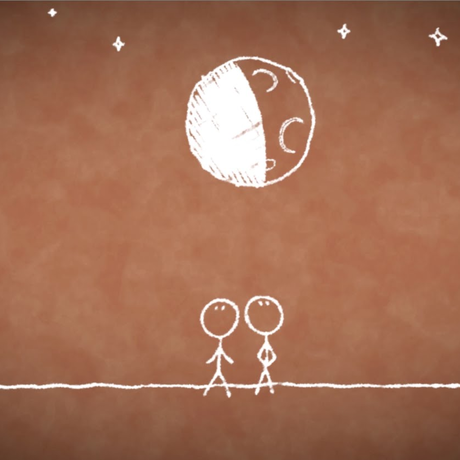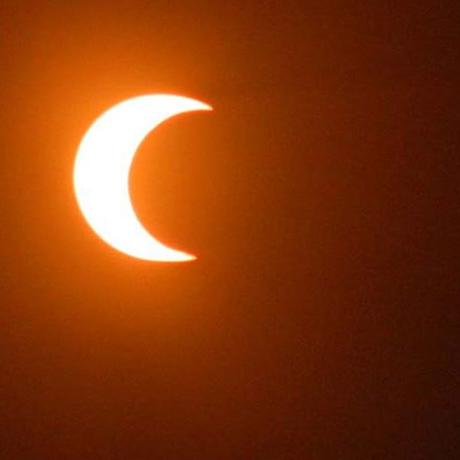Science News
A Dark Harvest Moon

The full moon on September 27 occurs nearest the autumnal equinox, which we traditionally refer to as the Harvest Moon. It earned its name in pre-industrial times, when farmers had to rely on the Moon’s light to work in the fields at night, especially during the fall, when many crops ripened at the same time and had to be harvested quickly.
For a few evenings around the autumnal equinox the bright light of a full moon allowed farmers to work continuously into the night. The opportunity doesn’t last long—two and a half days after full, the waning gibbous Moon is only half as bright, even though it still looks nearly full.
On the average, the moon rises about 50 minutes later from one night to the next, but at the time of the autumnal equinox, the difference shortens to about 30 minutes. This is because of the shallower angle at that time of the moon’s path against the stars with respect to the horizon. This path is also known as the ecliptic, and is effectively the plane of the Solar System. During other seasons of the year, when the angle of the ecliptic relative to the horizon is higher, the time-difference from one moonrise to the next is greater.
This year, the Harvest Moon will be dark when it rises, because it passes into Earth’s shadow at that time, resulting in a total lunar eclipse. For observers on the West Coast, the Moon rises just minutes before totality, which is when the Moon is completely immersed in Earth’s shadow, turning a rusty-red hue. Totality lasts 73 minutes, disrupting the Harvest Moon’s usual benefit of continuous illumination through the night.
Following are pertinent times for the lunar eclipse, as observed from San Francisco:
Moonrise: 6:56 p.m.
Sunset: 6:59 p.m.
Totality: 7:11 p.m. – 8:24 p.m.
End of partial eclipse: 9:27 p.m.
To find out more about lunar eclipses, watch this Science Today video… Then go out and enjoy the eclipse!
Image: Andrew Roos/Flickr


